We had gotten used to speaking to each other in English or French, whether in public or private. That’s not to say that Harun didn’t care what language he spoke in. He loved punch lines. He quoted gladly, exactly, and without any smugness. He would often ask me about the origin of some French word that had struck him in the course of his unceasing explorations. Austrian idioms, though, remained foreign to him, even in all those years he taught in Vienna. He never ceased to be repelled by the way his students at the Academy of Fine Arts butchered the German pronoun Ich into an Ieee. At least he eventually stopped pointing out the Austrianisms in my letters, though that may have been a result of the extraterritorial changes in my phraseology. The one thing that excited him even more than everyday dialogue was literature. I remember with what great urgency he told me at the 1989 Berlinale, in the streets of wintry Berlin, that Thomas Bernhard had just died—and, he added, my country’s greatest contemporary author.
Farocki’s oeuvre bespeaks a consistent interest in forms of migration. He parsed the official depiction of migration in his video In-Formation—which he called “a silent movie”—and found myths of cultural difference, sedimented in language regimentation and pictograms. He himself was a passionate Berliner, always attached to his respective neighborhoods, but also a frequent and distant traveler, a “rocketeer,” as he liked to say. His interest in migration was related to a foible for the rootless—as described by philosopher Vilém Flusser,1 with whom he was in dialogue. No surprise then that the only actor Farocki ever dedicated an entire film to, was Peter Lorre, the lost one (Der Verlorene), whose “double face” he read as a palimpsest of transatlantic movements. Perhaps it was this interest in migration (also in the sense of translation) that inspired him—like Pasolini—to study gestures, one of his central projects.
His installation Transmission (Übertragung, 2008) describes the human touch as a magical gesture of grasping and thus compiles, through scenes of hands touching monuments, a catalogue of rituals of cultural memory. To put it in Wittgenstein’s terms, Farocki tried to play out language games of every kind, in relation to the actions into which language is woven—in a complicated network of overlapping and crisscrossing similarities.2 He himself liked to speak in metaphors and analogies; his line of argument often took pictorial detours, forming chains and series much like his shot sequences.
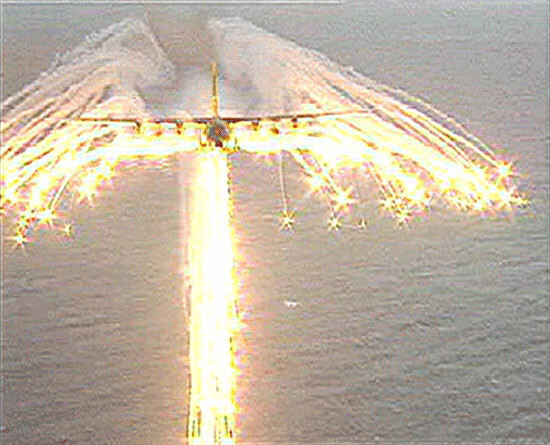

Harun Farocki was interested, again and again, and in manifold ways, in the capacity of images to conjure up the presence of absent objects. His 16 mm documentary In Comparison (Zum Vergleich), for example, isn’t only about the various forms of brick production. Subtextually, the film hints at a sensory affinity between the manual production of bricks and the process of recording this film—of physically imprinting, splicing, constructing images with light and film stock, which, like the traditionally constructed house, seems to be a thing of the past. While the close-ups of pouring and molding offer a haptic view of bricks, the grainy material of the analog film refers to the tools of the filmmaker, who does his work on set, in the field. Bit by bit, the structure of the film indicates that an editor arranges shots in the same way a master-builder assembles houses from clay: both depend on a manually supported vision of montage. Farocki’s vivid depictions of gripping hands demonstrate that gestures are deeply intertwined with recognition. If you wanted to take the metaphorical reading of this comparative documentary about producing bricks even further, you might discover a Bazin- or Rosselini-esque dimension, which connects the film itself (and not only its subject) with the idea of the imprint and reproduction.
In his film-essay As You See (Wie man sieht, 1986), as well as in his “observational” documentaries like the aforementioned In Comparison, and also in his installations such as Eye/Machine (Auge/Maschine, 2001–2003) and Counter-Music (Gegen-Musik, 2004), Farocki sketches out a cultural history of labor, leading from handwork to the fully automated production and panoptical vision. From this point of view, his comparative study of brick manufacturing dovetails with his other investigations, in which he contemplates, for example, what is meant by an industrial “network” or “trust” (“Verbund” in Between Two Wars, 1978) or a “War without Soldiers” (Eye/Machine) and what forms of representation such abstract terms have inspired (in Brecht, in Lang, but also in television).
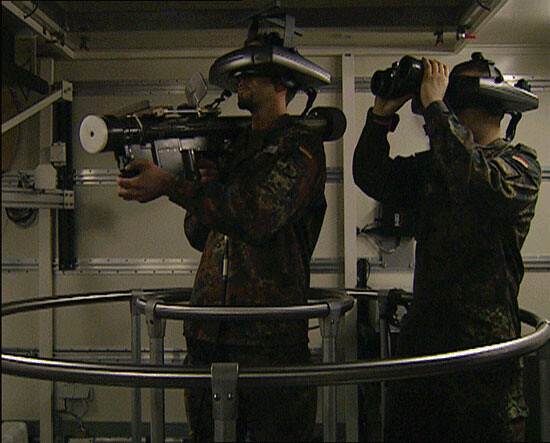

Whether he was taking on Taylorization, or military and civil surveillance, or the simulation and automatization of society, Farocki was usually attempting to locate the situation of the human body within mechanically and visually oriented dispositives. He filmed and researched those places where the mechanisms of power revealed themselves most nakedly through performative functions: in instructional classes, such as the ones he visited for his precise civilizational study, How to Live in the German Federal Republic (Leben-BRD, 1990), or in the supermarkets and prisons that he recorded for his double-projection installation I Thought I Was Seeing Convicts (2000).
Intuitive thought and sensuous knowledge underlie Farocki’s aesthetic on all levels. His goal was to convey experiential processes as procedures in time. For that very reason, film remained his preferred medium. Farocki even referred to filmmaking when defending the agenda and politics of the film magazine that he so passionately co-edited. In a Filmkritik editorial, he compared the magazine’s unobtrusive presentation to a barely-noticeable tracking shot in Bresson’s Le Diable Problablement, which possessed a strictness that he described as a rigorous continuation of the narrow framing.3 This aesthetic description certainly applies to Farocki’s own audiovisual investigations, which deconstruct found material with a dogged exactness, while remaining open about their own discourse. In an accordingly programmatic manner, the Filmmaker writes elsewhere: “One has to be as suspicious of images as one is of words. Both are intertwined in semantic and definitional relationship … My goal is to search for buried meaning and to wipe the debris off the images.”4 One could describe this aesthetic program as a combination of image and language critique.
Farocki begins his film Catchphrases—Catch Images: A Conversation with Vilém Flusser (Schlagworte—Schlagbilder: Ein Gespräch mit Vilém Flusser, 1986) with the following voice-over: “To Vilém Flusser, photography was as radical an invention as the printing press. Photography kicked off the development of technical images: film, electronic images, computer graphics. These technical images, says Flusser, opened up a new lifeworld.” One could just as easily apply this description to the filmmaker’s own agenda. Farocki is interested in the way that technical images produce meanings and trigger actions. He exhibits the language game of his own work so that it can be understood as a process. His films and installations are inclined to make both theoretical and sensory use of the iconic material that underlies them. Their view of history is conveyed through medial archaeologies, wherein they are negotiated, while their logic progresses via cinematic methods, in confrontation with the respective precursory or successional visual mediums.
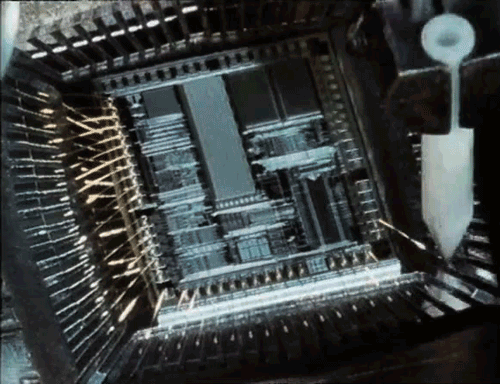

How our lifeworlds are shaped and fashioned by old and new technologies, how and with what games we exercise for cases of emergency—that was once again the subject of Farocki’s recent installation cycle Serious Games (Ernste Spiele, 2009–10). He never lost interest in how people learn. He was a staunch autodidact himself, already from a young age. Farocki liked to describe himself, ironically and confidently, as a school and college failure.5 From an early age, Brecht had been his favorite author—and this was long before his plays were a fixture of West German curriculums. The filmmaker, author, artist and teacher never got tired, in his work and his life, of being a Maître ignorant (as defined by Jacques Rancière6). He was less concerned with questions of pedagogy than with a democratic distribution of knowledge. “What are you reading these days?” he liked to ask. He was always glad to send out articles that he found important, or to talk, in very precise terms, about films he was keen on.
His life began in the shadows of the war; and he worked through all the convolutions of this influence in his art. In 1944, right when his birth was expected, the allies bombed Berlin. His family was forced to leave the city and ordered to Neutitschein (Nový Jicín today in the Czech Republic), a district called the Sudetengau under Nazi occupation. In an autobiographical essay, Farocki described the geopolitical circumstances of his birth as follows: “We only spent a few weeks there, less time than I have since spent explaining that I am neither a Czech nor a Sudeten German.”7
In the same year, 1944, the allies bombed, not Auschwitz, but the IG Farben factory nearby the death camp. Drawing on analyses of these events, how and why the allies didn’t act on their knowledge of the mass destruction of the Jews, Farocki developed his most important film. Images of the World and the Inscription of War (Bilder der Welt und Inschrift des Krieges, 1988) decodes a host of military images, focusing on two visual dispositives: American pilots in 1944 and CIA agents in 1977 offering two different lectures on the aerial photographs of Auschwitz.
In this instance, Farocki developed an epistemological field of technological history—measurement and surveillance in a period of rapid automatization. At the end of the film, a blind spot in the photographic act, referring back to the reality of the concentration camp, becomes visible.8
The final shots further emphasize details of the American pilots’ aerial photos, which are picked up in the sweep of the film several times, framed and arranged in different ways. At the end of the film, through a permutative movement of cuts, the extreme enlargement of the photographs reminds us once again of their materiality. Farocki shows these images in precisely the spaces where visual thought takes place, and in connection to specific techniques of reproduction and distribution (in albums, archives, institutions). Whenever he used marginal and hard-to-access image materials from specialized archives, he sought to consider these conditions of visibility in his analysis.
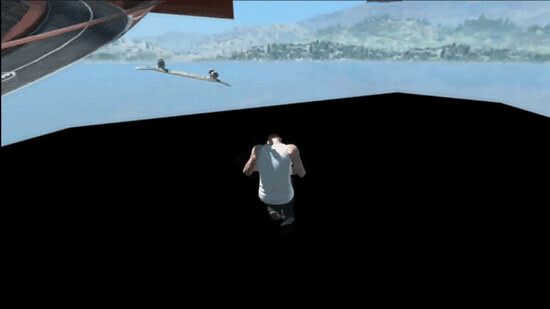

By appropriating what he calls “operational” images, which initially belonged to a purely utilitarian context, Farocki explains the historical decoupling of eye and machine as the distinction between the autonomy of machines and their connection to the human body. His series of three installations, Eye/Machine, demonstrates how the graphic abstraction of military education images can lead to the “denial” of the real; they simultaneously take part in the dispositives of power and their archival process, which follows a purely instrumental rationality. These visual machines have integrated image-processing software, which, as Farocki notes, works “with the same clumsiness” that “robot arms execute new assignments.”9
In Farocki’s video installations, cinema always represents a field of reference, even when they are largely in dialogue with utilitarian pictorial worlds. His work shows to what extent, even within geographic spaces that have been entirely virtualized, digital images and automatic “vision machines” (Paul Virilio10) are often oriented toward anthropomorphic forms, abiding by the reality of human vision. Thus, in Serious Games, for example, Farocki draws an important part of the manifold arsenal of military simulations into sharp relief.
The interactivity of certain computer games demands accelerated reactions from participants—who are far away from the hypnotic condition of the film viewer—particularly games that demand military performance. The military decor at the real practice site in the Californian desert doesn’t only simulate the real world in “enemy” territory, but should also ideally correspond to the soldier’s prosthetic image apparatus. Cinema, Farocki shows us, is imitated here in ambivalent ways. In the first place, the illusionary effect of calculated images seems to be oriented, paradoxically, toward the analog image and conventions of cinematic spatial experience. Now and again, however, a representational paucity appears, which Serious Games pinpoints as a symptom of the loss of realism that takes place in military games between the moments of preparing for war and processing its post-traumatic effects.
In his most recent installation cycle, Parallel (Parallele, 2014), Farocki contrasts animated clouds with a filmic-photographic projection of real clouds.11 Farocki’s comparative image analysis makes clear that the actual challenge in the representation of virtual clouds is not so much the imitation of the mimetic power of the film, but the integration of its pictorial-spatial logic into a graphic system. The image comparison makes clear to what extent the computer simulation is at once indication and appearance—or in Foucault’s parlance, map and image.12
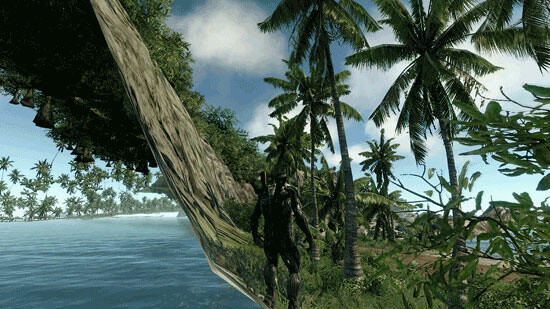

Farocki had a singular way of investigating the order of things, and a rare capacity for doing so. An archeologist of contemporary pictorial cultures, his work will remain farsighted long after his death. With his detailed and rich cinematic memory, he knew—like the French critic Serge Daney—how to view the world in an encyclopedic sweep from the perspective of the movies, which since childhood had been one of his most important schools. And he knew that to master the medium, he required a personal manner of writing and a precise, rigorous form. For that reason the film journal Trafic, which Daney founded, was one of Harun’s preferred outlets. Trafic is also where he encountered his favorite translator, the philosopher Pierre Rusch.
Bodenlos, Eine Philosophische Biographie (Bernheim: Bollmann, 1992).
Ludwig Wittgenstein, Philosophical Investigations, § 7 and § 66.
Harun Farocki, “Die Existenz der Filmkritik,” [“The Existence of Film Criticism”] Filmkritik 301 (January 1982): 2–4.
Personal Testimonial by Harun Farocki, cited in the program of Filmclub Münster (Summer 2001): 5
Harun Farocki, “Lerne das Einfachste!” [Learn What’s Easiest!], unpublished manuscript, 2009.
Jacques Rancière, Le Maître Ignorant: Cinq Leçons sur l’Emancipation Intellectuelle (Paris: Fayard, 1987).
Harun Farocki, “Written Trailers,” in Harun Farocki: Against What? Against Whom?, eds. Antje Ehmann and Kodwo Eshun, exhibition catalouge (London: Raven Row, Koenig Books, 2010), 221.
The film inspired a plethora of commentaries, from a Lacanian reading (Kaja Silverman, 1993), to a historical review (Thomas Elsaesser, 2004), from a Deleuzian-inspired analysis (Raymond Bellour, 2010) to a Benjaminian interpretation (Georges Didi-Huberman, 2010), to name but a few.
Harun Farocki, “Le point de vue de la guerre,” Trafic 50 (Summer 2004): 449.
Paul Virilio, “Fin de l’histoire ou fin de la géographie? Un monde surexposé,” Le Monde Diplomatique (August 1997): 17.
For more context, see my program introduction “What is at Stake in Farocki’s Parallel,” in Berlin Documentary Forum 3, eds. Erika Balsom and Hila Peleg (Berlin: Haus der Kulturen der Welt, 2014), 182–189.
Michel Foucault, The Order of Things: An Archaeology of the Human Sciences (London: Routledge, 2002), 72.
Category
Subject
Translated from German by Leon Dische Becker.

